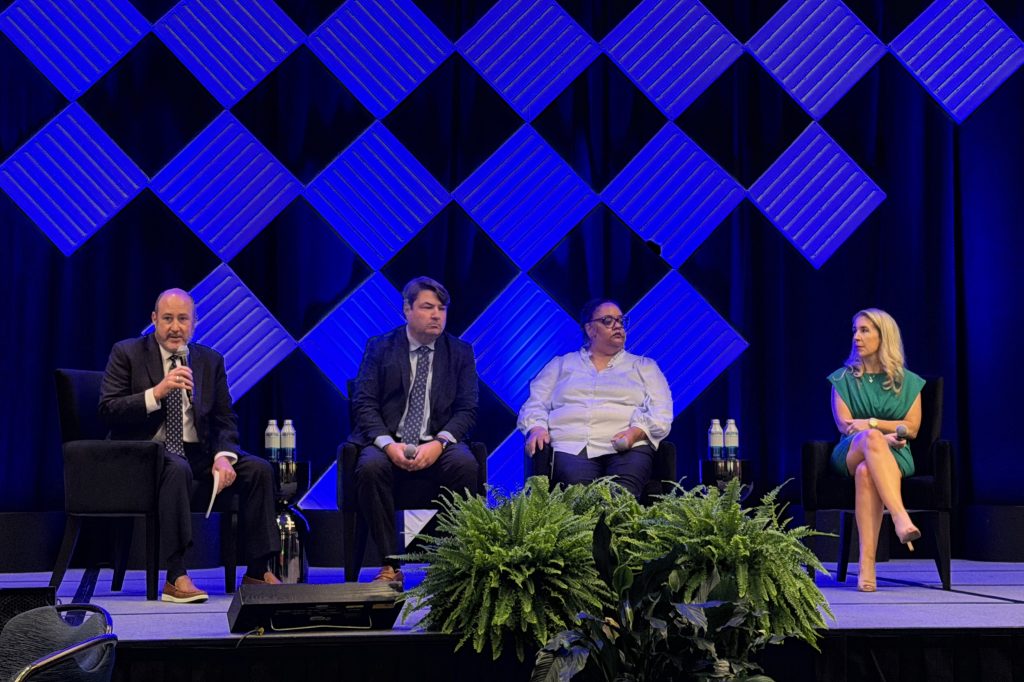The SEC has entered its 32nd day of paralysis. The agency’s headquarters on F Street stands half lit, corridors silent except for a handful of senior staff designated as “essential.”
Their remit is skeletal, maintaining market integrity and investor protection under the narrow confines of the Anti-Deficiency Act. The rest of the 4,500 employees are furloughed, forbidden from logging in, and uncertain when they will return. Paychecks have stopped, but the markets have not.
This legal vacuum is not merely bureaucratic inconvenience. The SEC’s absence destabilizes the regulatory rhythm on which the American financial system depends. Each hour that the Commission remains closed tests whether compliance structures built over decades can sustain themselves without the regulator’s watchful eye.
A brief history of shutdowns
The idea of government shutdowns is relatively recent. In the 1970s, lapses in appropriations did not result in agencies closing their doors; departments continued operations under prior budgets, with discretionary hiring freezes or spending limits.
It was not until 1980 and 1981 that the US Attorney General issued formal opinions interpreting the Anti-Deficiency Act to mean that no government entity could operate without explicit congressional funding. The guidance permitted only two exceptions: winding down agency operations, and preserving life or property.
Since then, the SEC has endured several interruptions.
The 2013 shutdown lasted 16 days but left much of the federal apparatus functional thanks to reserve funds. The 2019 episode, at 35 days, became the longest in history, stretching staff morale thin but buffered by pre-pandemic flexibility.
This time is different. With limited reserves and no continuing resolution in sight, the agency’s operational capacity has shrunk further. We are witnessing a version of the 2019 shutdown stripped of its cushioning. The systems are stronger, but the funding buffers are gone.
The result is a narrower definition of what constitutes “essential.” Unlike previous episodes, this shutdown has sidelined nearly all staff below the senior level, leaving even core examinations and filings unattended.
Impact on compliance
The divide between broker dealers and investment advisers has rarely been clearer. FINRA, the self-regulatory body supervising brokers, continues to operate almost seamlessly, financed independently of federal appropriations. Its examinations, guidance, and enforcement continue, even if somewhat slower.
For registered investment advisers (RIAs), the situation is more precarious. Examinations have halted mid review, communications with examiners are suspended, and staff email addresses have gone dark.
Yet the underlying obligations – to file, to disclose, to maintain records – remain firmly in place. “There is no vacation for anyone, government shutdown or not,” one speaker said during the National Society of Compliance Professionals conference. “The obligations do not stop just because the lights are off in Washington.”
For compliance departments, that statement has become the rule of survival. They must continue to act as though the regulator is watching, even when the regulator cannot.
Document management
The stillness has thrown into relief how fragile digital workflows can be. Kiteworks, the secure document portal for SEC examinations, automatically deletes data after roughly 30 days to guard against breaches.
With nearly all examiners furloughed, uploads vanish before anyone can retrieve them. Firms have responded by duplicating every submission internally, cross referencing each record, and sending confirmation emails that no one will read.
“Maintain a trail,” urged one former enforcement attorney. “Even if no one is reading your email, send it anyway. Create a record that shows good faith.” The advice sounds bureaucratic but is existential. When the government reopens, documentation will serve as proof of integrity.
The shutdown has also reminded firms that technical compliance is not enough. Systems built for seamless oversight rely on human continuity. Once those humans disappear, automated processes reveal their brittleness.
Filing obligations
The SEC’s digital filing systems (EDGAR, IARD, and PFRD) remain technically operational. They accept filings even if no one is available to review them. Companies must still meet deadlines for Form 13F, 13G, and 13H filings, registration applications, and corporate disclosures.
The Commission’s quarterly list of reportable securities, essential for Form 13F, has not been updated, forcing advisers to rely on the last available version.
“Operate as if it is business as usual,” advised a chief compliance officer. “If you have to amend later, fine. But do not skip the filing.” The principle of continuity – filing first, correcting later – has become the only credible strategy.
Even outside the SEC, the ripple effect is visible.
The Bureau of Economic Analysis and other agencies now suggest firms submit surveys by mail or fax. The scene evokes an earlier era of governance, when compliance was a matter of paper envelopes and postmarks rather than encrypted uploads.
Enforcement considerations
In enforcement, time has not stopped; it has only slowed. Administrative law judges are furloughed, hearings postponed, and court calendars thinned.
Emergency actions involving ongoing fraud or market manipulation proceed, but little else. The SEC has sought tolling agreements: legal extensions that preserve the right to pursue cases once funding resumes.
“Fraud will always be first in line,” a panelist said, “but firms that are not compliant, if you’re not actually meeting production dates, that is a red flag and could potentially bring out some new cases.”
Enforcement staff will return to a mountain of dormant cases. Some will be abandoned as minor; others will be revived with new urgency. Investigations interrupted midstream may resurface under sharper scrutiny, particularly if recordkeeping appears sloppy or incomplete.
For firms under investigation, the safest approach is to behave as if the Commission were still watching. Silence does not mean forgiveness; it means deferred judgment.
Future predictions
When the government reopens, the backlog will come with a reckoning. Compliance teams will face a surge of correspondence, examination follow ups, and document requests. Regulators will look closely at how firms handled their obligations during the vacuum. Did they file on time? Did they document their rationale? Did they maintain communication even when no one replied?
The next wave of priorities is already visible. Cybersecurity will dominate, particularly as the new Regulation S-P on data protection takes effect in December.
Regulation Best Interest remains under scrutiny, while the integration of artificial intelligence into investment management has drawn growing attention. The regulator’s questions will sound familiar from the era of robo advisers. Is there human oversight? Are algorithms understood? Is the governance sound?
“The tools may change,” a panelist observed, “but the standard remains the same.”
Key takeaways
The shutdown has revealed that compliance is less about oversight and more about culture. Firms that have built habits of thorough documentation and proactive communication will weather the silence better than those reliant on regulator prompts.
It is also a test of moral discipline. “A deadline is still a deadline,” one participant said. “When the SEC reopens, good faith will not excuse unpreparedness.”
Some firms are using the hiatus as a form of internal audit. They treat the shutdown as an unscheduled business continuity exercise, testing whether compliance systems can function autonomously.
The most organized have mapped all filing obligations, verified data retention policies, and prepared explanations for any delays. Others are using the time to refine responses to earlier examination findings or to update procedures for the incoming privacy rules.
The shutdown, in short, has become an X-ray of institutional readiness. It exposes where compliance is habit and where it is performance.
Final thoughts
The SEC’s current paralysis is unlikely to be its last. The United States has normalized the weaponization of appropriations, and each recurrence weakens public confidence in the permanence of regulation.
Other jurisdictions have no equivalent; their governments do not close shop when budgets lapse. For American firms, this means operating globally even as the domestic regulator sleeps.
Those who view the shutdown as an aberration will be unprepared for the next one. Those who internalize its lessons – continuity, documentation, and readiness – will emerge stronger. The most disciplined firms understand that resilience is not a reaction but a state of mind.

















